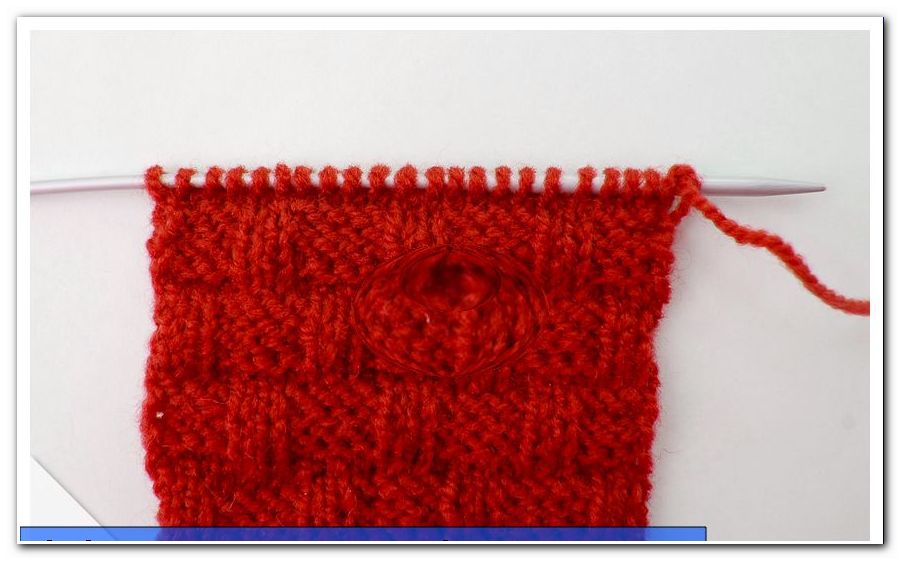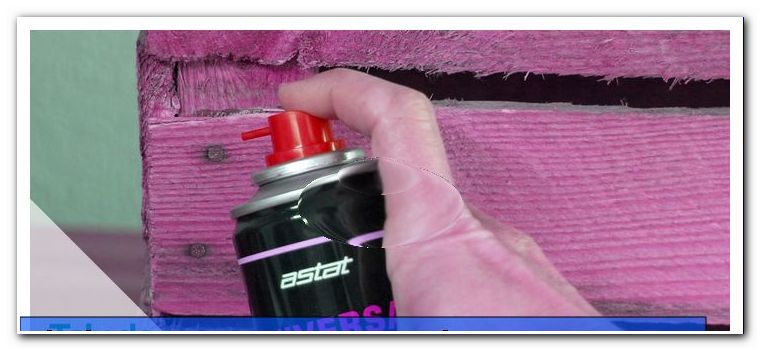Wooden beam information: materials, dimensions and prices
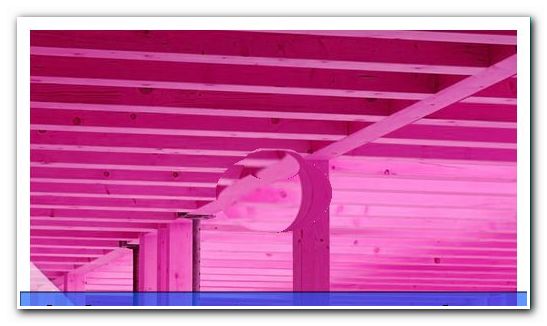
- Overview of materials and types of wood
- softwoods
- hardwoods
- processing forms
- Dimensions and prices
- Construction timber
- Timber Dimensions
Wooden beams are an essential building material for numerous projects. No matter whether they are used as carrier material in the house building or a small pavilion in the garden, the wooden beams are due to their dimensions and the selected woods an important element for private use. Before you can implement your construction project, you must plan the purchase of the beams, which are offered from different woods at different prices depending on the dimensions.
Wood has always been an important resource for humans, as it is a renewable resource that is ideal for large and small construction projects. Even today wood is favored by many people, because wood can be used permanently through the right treatment and in many cases is more robust than modern building materials. In addition, it is easier to work with, such as metal or plastic, making it just as suitable for do-it-yourselfers as a construction company. Wooden beams are a special form of wood, which is mainly used as a carrier element for construction projects and gives them the necessary stability.
Overview of materials and types of wood
In the search for the right wooden beam, the prices and dimensions for many people are the main consideration when choosing. Nevertheless, the basis of the beams is of course the wood. The different types of wood, which can be used for indoor and outdoor, have significant differences and must not be confused for this reason. In addition, the processing of the respective wood plays a major role in the selection, because, for example, some timbers can not be used as a substitute for a solid construction timber.
softwoods
The following coniferous woods are used for the use as a beam:
1. Pine: Pine wood has been reliably used by man for millennia and is ideal for the implementation of construction projects. It is the second most common coniferous wood in Europe and due to its natural range in windy areas such as coasts or mountains extremely robust and resistant. This makes pinewood of various species ideal for use as beams or slats. It is easy to work with and extremely elastic, which makes it tear resistant. For outdoor use, an impregnation is usually needed.
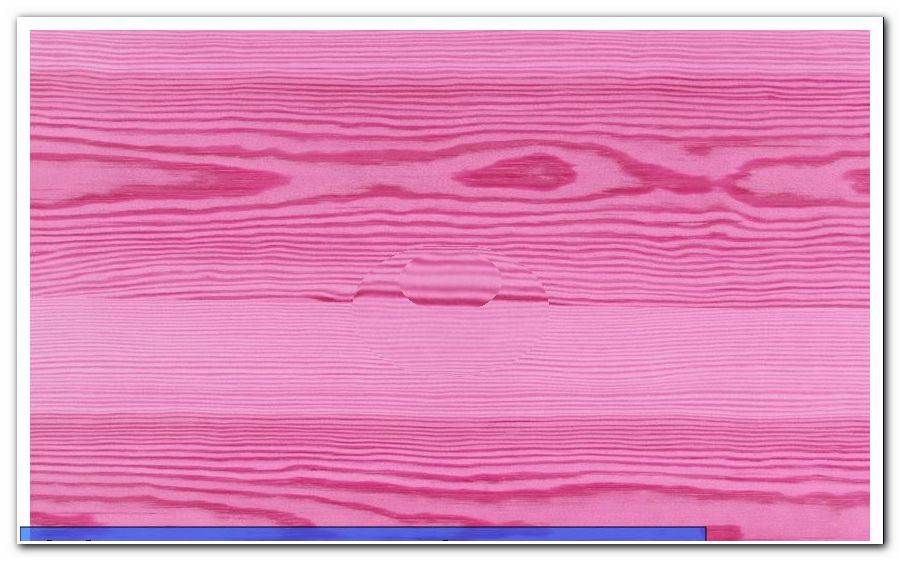
2. Fir: Fir wood is very similar to spruce wood. For this reason, the prices of these two types of wood differ little from each other and they are often offered together. Fir wood is more fibrous and elastic compared to spruce wood, which gives the wood a high tear resistance. It is extremely resistant and is not "working" wood, that is, it remains in the state of final processing and can therefore be used effectively as a building material. It is also very flexible and withstands movement by forces.
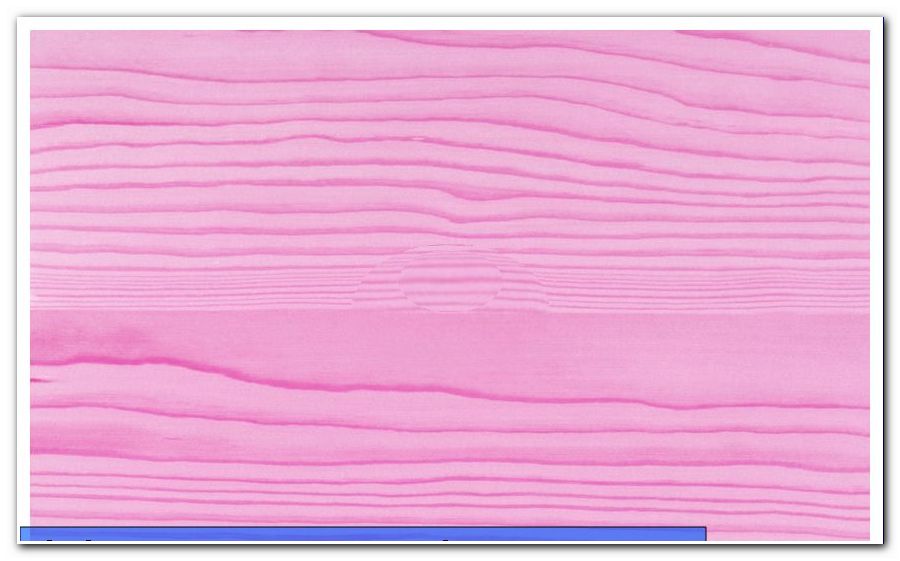
3. Spruce: As described above, spruce and fir wood are very similar in their characteristics, but are most commonly used in comparison to the other woods. Spruce wood is quite light, elastic and can be processed very well, which makes it a popular wood for the instrument, but also the house construction. It is not prone to cracking and can be processed extremely easily, making it a standard wood for beams.
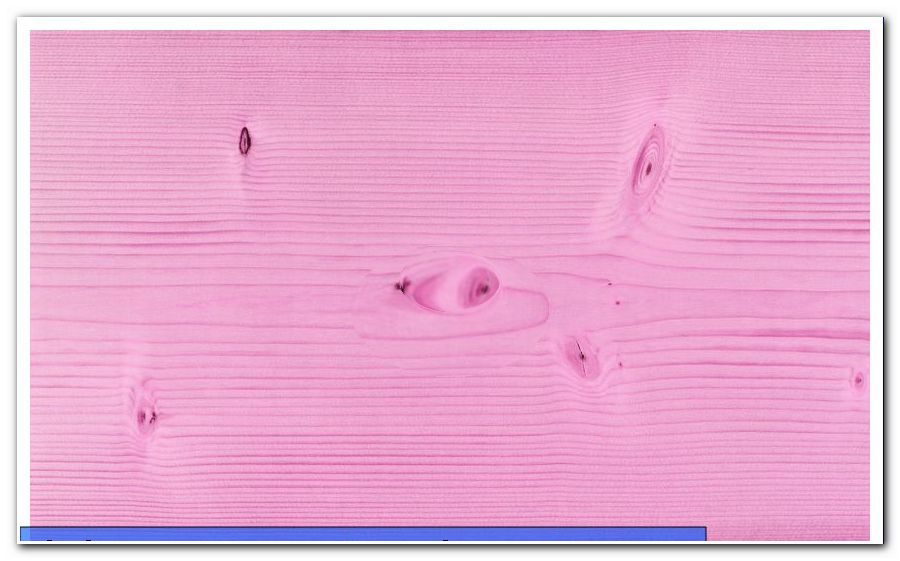
4. Douglas fir Douglas fir is a wood that is very good for outdoor use and is still light due to its medium density. The long fibers provide a pronounced hardness and resistance, which makes the Douglas fir ideal for use as a support element, for example in the beams of carports or roofs. When using Douglas fir wood, care must be taken to make pre-drilled holes to prevent damage to the wood.
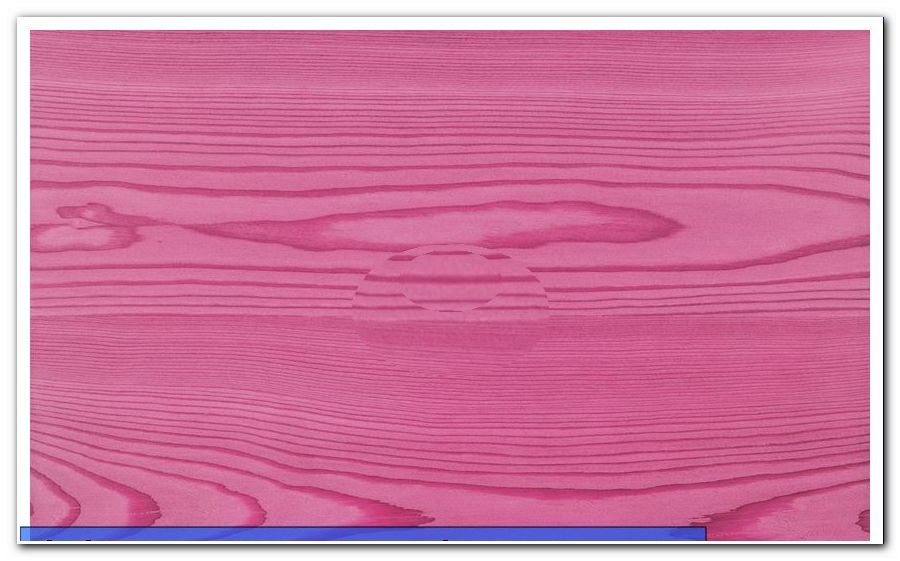
5. Larch: Larch wood is typical for outdoor use when the wood becomes gray over the years and thus takes on a special look. Larch has a medium density and due to the resistance extremely well protected against moisture. It is even used in boat building and should be pre-drilled before use as it can be easily split. It has an extremely high load capacity and is therefore suitable as a wooden beam for a variety of construction projects, especially in outdoor areas.
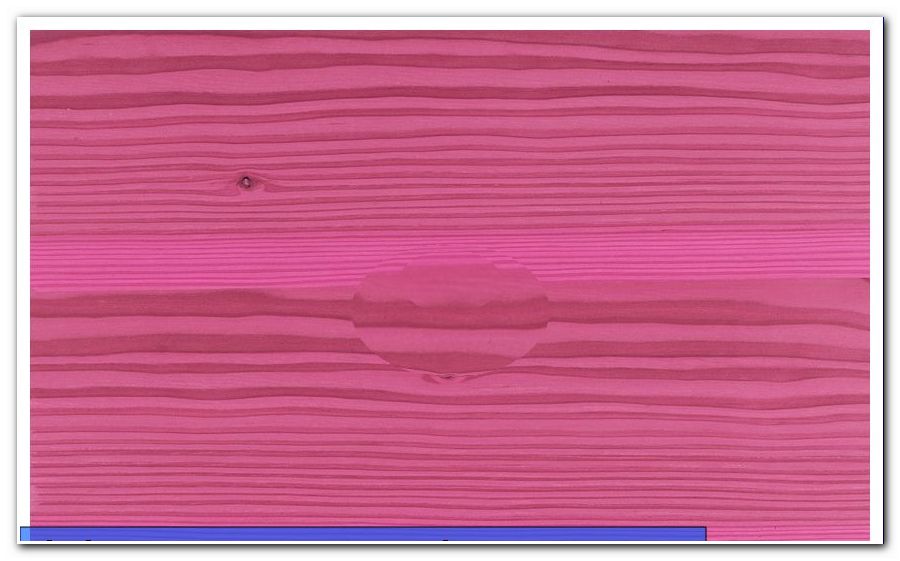
These were the most important conifers used in Germany for wooden beams. Douglas fir has become increasingly popular in recent years, displacing more and more spruce because of its rapid growth.
hardwoods
Hardwoods are also, but less often, used as lumber:
1. Teak: Teak is also not native wood, but in recent decades has become a popular timber in Central Europe. In itself, it has been used for centuries for furniture and outdoor and is particularly well suited as timber because of the high stems, which are knotless, as it can be easily processed. It is water repellent and fungus resistant. For this reason, it is ideal for all construction projects that require beams with high moisture resistance.
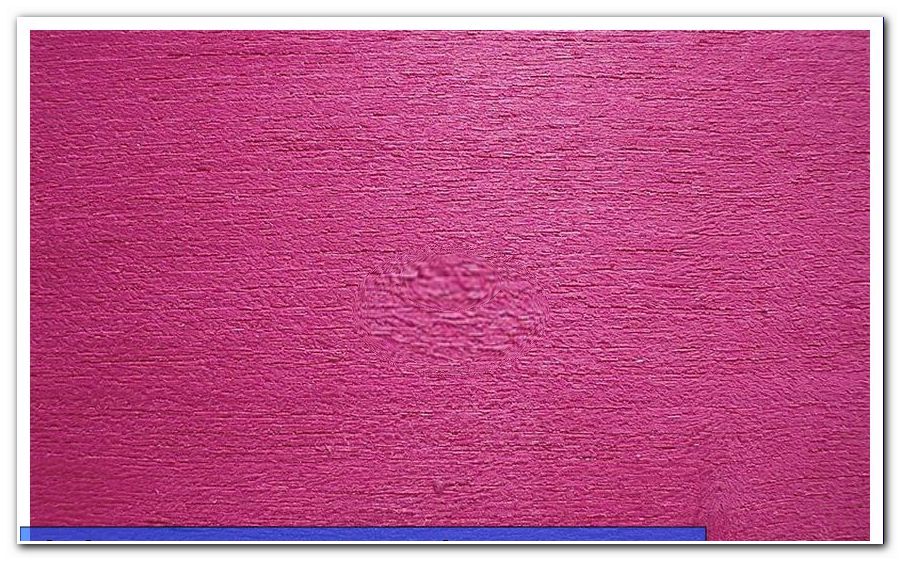
2nd Oak: the oak is one of the classics in Germany when it comes to timber. It is very heavy and is mainly used indoors because it is permanently vulnerable to moisture. Especially for stairs and interior fittings, oak is recommended because it can be processed well and is very durable. Since it is not used for outdoor areas, the wooden beams are usually offered in a natural style, as the oak look is still very popular today.
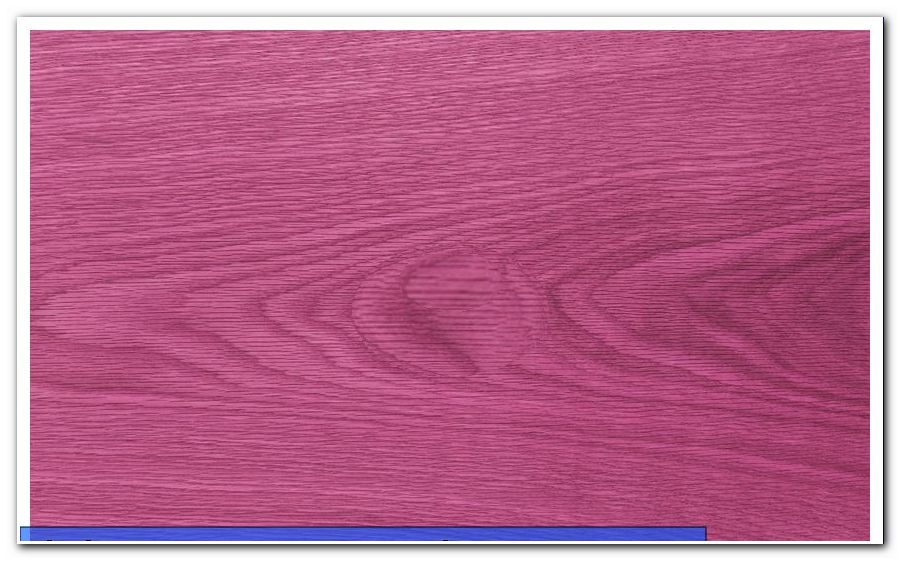
3rd beech: the beech has also been used by mankind for centuries. It is due to its nature, one of the lightest woods to process and less effort is enough to bring beech wood in the desired shape. Beech, like oak, is only used indoors and serves as a beam, especially for staircase construction.
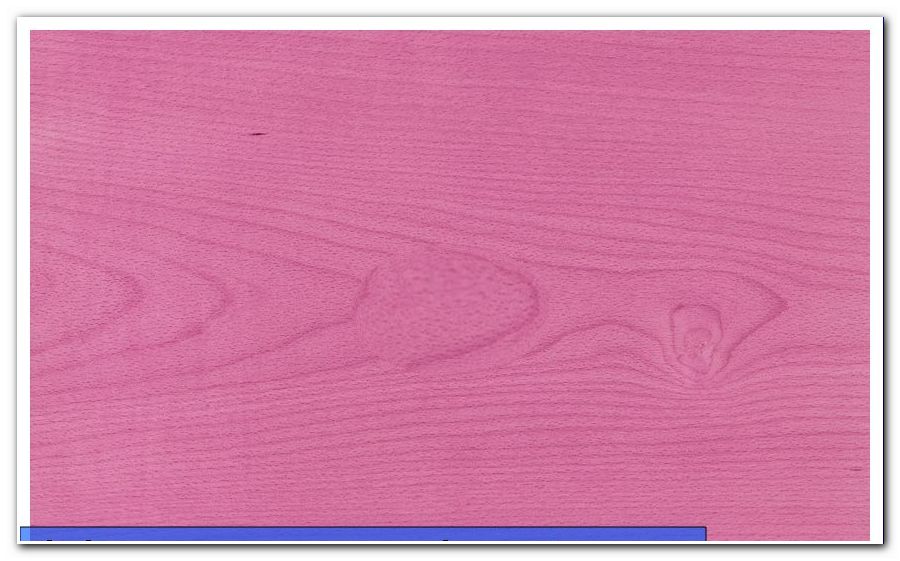
processing forms
All these types of wood are offered in different forms of processing:
1. Full structural timber: Full structural timber is managed under the ISO standard DIN 4074 Quality criteria for structural solid wood products and only spruce, fir and pine wood, more rarely other softwoods may be used for this purpose. Differences to the classical lumber arise in the surface texture, which is either planed or chastised, and the wood moisture, which must be about 20 percent.
2. Timber: Timbers are all the woods mentioned above. They are offered as wooden beams of different thicknesses, widths and lengths and are the basis for numerous construction projects. Often they are impregnated in various ways, if necessary, but ideally the resistant woods are used outdoors. The surface finish is based on the processing and is dependent on the intended use. Compared to solid construction timber, timber does not always have to be standardized.
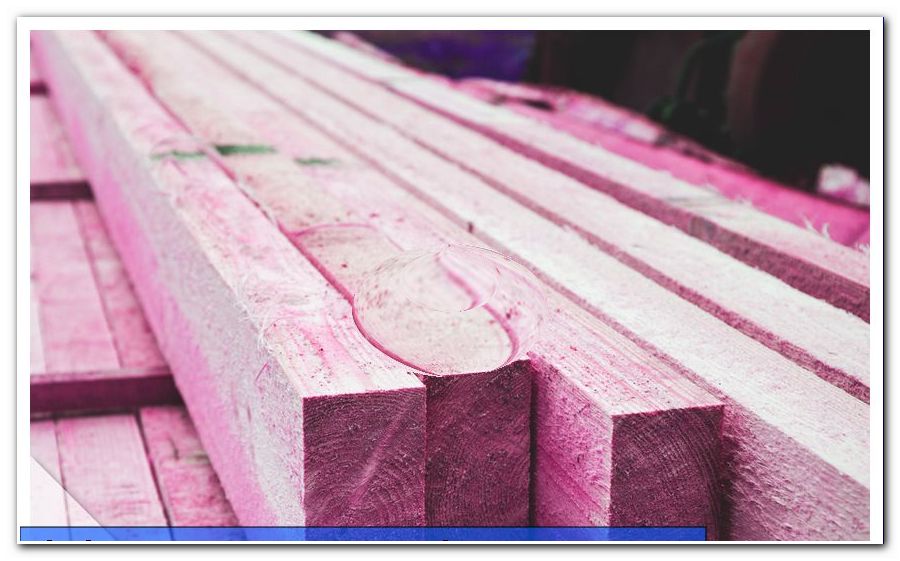
You can theoretically use resistant real wood as a beam as long as it is impregnated or inherently resistant, such as teak wood. If you choose the wood according to the resistance, it will be preserved for a longer time and only needs to be renewed in rare cases.
Tip: In the German usage, timber is understood to mean all forms of wood whose four sides have a right angle and a minimum thickness of 4 cm and are used as lumber. They are no longer called squared timber, but wooden slats or planks that are used for completely different purposes.
Dimensions and prices
The prices of the wooden beams are highly dependent on the type of wood used and the dimensions, whether it is structural or solid construction timber. For this reason, the processing forms should be considered individually to get a precise overview of the prices. Do not be surprised if you do not get a fir wood KVH (solid wood). In most cases, fir wood is classified as spruce wood or not offered due to the availability of spruce. However, the prices and measures for spruce and fir wood are almost identical.
Construction timber
The dimensions and prices for KVH at a glance:
1. Spruce / fir: the most common dimensions of spruce and fir wood are all in mm. For the sake of simplicity, the widths are listed individually and the heights or strengths of a width are listed together:
- 40x60, 80, 100, 120, 140, 160, 180, 200, 220, 240
- 60x60, 80, 100, 120, 140, 160, 180, 200, 220, 240, 260
- 80x80, 100, 120, 140, 160, 180, 200, 220, 240, 260
- 100 x 100, 120, 140, 160, 180, 200, 220, 240, 260
- 120x120, 140, 160, 180, 200, 220, 240, 260
- 140x140, 160, 180, 200, 220, 240, 260
- 160 x 160, 180, 200, 220, 240
KVH made of spruce or fir wood is most often offered in the dimensions 40 mm x 60 mm for 1.50 euros per meter or 80 mm x 200 mm for 10 euros per meter.
2. Pine: in pine wood mostly flat beams are offered:
- 60x100, 120, 140, 160, 180, 200, 240
- 80x100, 120, 140, 160, 180, 200, 240
Pine is often offered in 80mm x 100mm for a price of 5 Euros per meter.
3. Douglas fir: Douglas fir is offered in higher strengths than pine wood:
- 60x100, 120, 140, 160, 200, 240
- 80 x 120, 140, 160, 180, 200, 240
- 100 x 100, 160, 200, 240
- 120 x 120, 160, 200, 240
- 140 x 140, 200, 240
Less often Douglas fir wood is offered with a thickness of less than 100 mm, for example 35 or 40 mm. Typically, Douglas fir is offered in 60mm x 120mm for about 10 per meter.
Timber Dimensions
In contrast to the KVH timber dimensions are not fixed to a specific type of wood and depending on the supplier different diameters and thicknesses are offered. The minimum diameter starts at 20 mm and there are bars with a diameter of up to 320 mm, most of which are glulam beams. For the thicknesses, the wooden beams start at 20 mm and end at about 240 mm.
Typical dimensions (thickness x diameter) include:
- Spruce or fir wood with 24 mm x 48 mm: 35 cents per m
- impregnated spruce or fir wood with 24 mm x 48 mm: 45 cents per m
- Douglas fir with 30 mm x 50 mm: about 1.20 Euro per m
- Larch with 30 mm x 50 mm: about 1.20 Euro per m
- Oak sawn 40 mm x 160 mm: about 10 Euro per m
- Teak 70 mm x 45 mm: about 10 euros per m
- Beech 80 mm x 80 mm: about 16 euros per m
The respective prices vary greatly depending on the processing and the form. Typical square wood made of spruce, fir, Douglas fir or larch wood measures 70 mm x 70 mm or 90 mm x 90 mm and the prices vary between 3.50 and 5.30 euros per meter. The lengths are different for all wooden beams and can be configured in many cases. For this reason, prices are given for one meter.
Tip: The load-carrying capacity of the individual wooden beams can not be simply determined by the dimensions, as further components are included in the calculation. If you are planning a larger project, such as a very large gazebo, you should hire a structural designer who will determine the necessary thickness and diameter of the wooden beams for you.


